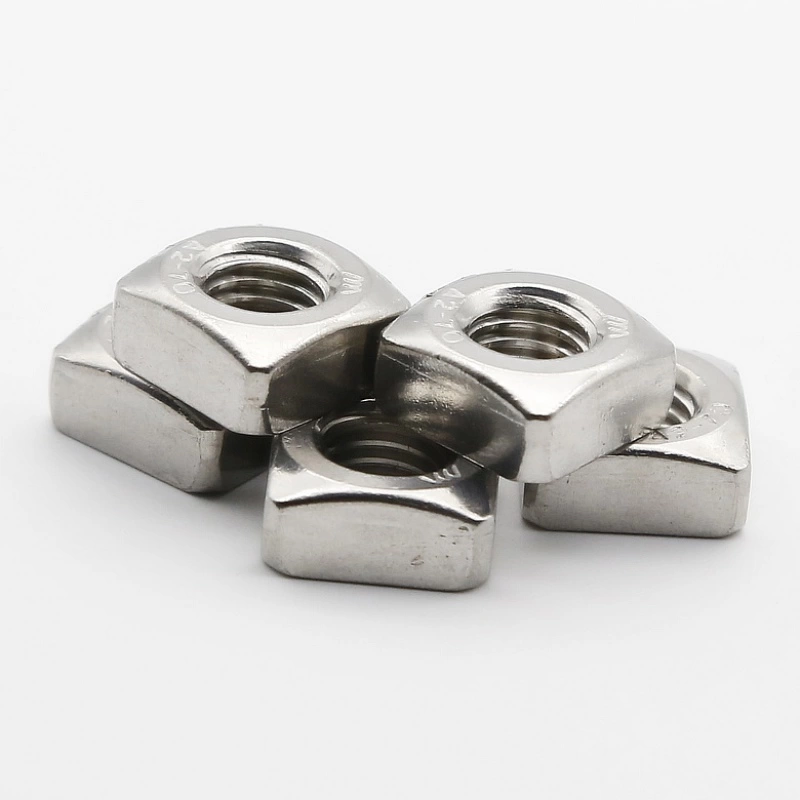

self tapping screws for acrylic
Oct . 06, 2024 20:41 Back to list
self tapping screws for acrylic
Self-Tapping Screws for Acrylic A Comprehensive Guide
When it comes to assembling acrylic materials, choosing the right fasteners is crucial for creating a durable and aesthetically pleasing final product
. Self-tapping screws have emerged as a popular choice for this application, thanks to their unique features and benefits.Self-tapping screws are designed to tap their own holes as they are driven into materials, eliminating the need for pre-drilling. This property is particularly advantageous when working with acrylic, a material that, while versatile and strong, can be prone to cracking if handled improperly. Self-tapping screws come equipped with sharp, pointed ends that enable them to penetrate acrylic easily while reducing the risk of damage.
One of the key considerations when selecting self-tapping screws for acrylic is the type of thread. There are two primary types coarse-thread and fine-thread screws. Coarse-thread screws create a larger gap, which can help accommodate the expansion and contraction of acrylic due to temperature changes. On the other hand, fine-thread screws provide better grip and are useful in applications where a tighter hold is necessary. Depending on your specific project requirements, you may choose one type over the other to optimize performance.
self tapping screws for acrylic

Another essential factor is the screw material. Stainless steel and plastic-coated screws are the most commonly used options for acrylic applications. Stainless steel screws offer exceptional strength and resistance to corrosion, making them ideal for outdoor projects. However, because stainless steel can be harder than acrylic, it’s important to use the appropriate driving technique to minimize the risk of cracking. Plastic-coated screws, while not as strong, are less likely to cause damage to acrylic surfaces and can blend in well if the fasteners will be visible.
The design of the screw head is also critical. Phillips or Torx heads are popular choices that provide good torque and prevent slipping during installation. When fastening acrylic pieces, it is crucial to ensure that the screw heads do not protrude too much, as this could compromise the clean aesthetic of the final product. Flat or pan heads are often preferred for applications where appearance matters.
Lastly, when working with self-tapping screws in acrylic, always follow specific torque guidelines to avoid over-torquing, which can lead to fractures in the material. A controlled, steady pressure will allow the screws to set securely without compromising the integrity of the acrylic.
In summary, self-tapping screws are an excellent choice for securing acrylic components. Their ability to create their own threads, combined with the right type and material, allows for strong, reliable connections without the hassle of pre-drilling. By understanding the nuances of self-tapping screws and applying proper techniques, you can ensure a successful assembly that maximizes both strength and aesthetics in your acrylic projects.
Latest news
-
Premium Fasteners Manufacturer | AI-Driven Solutions
NewsAug.01,2025
-
Hot Dip Galvanized Bolts - Hebei Longze | High Strength, Corrosion Resistance
NewsAug.01,2025
-
High-Strength Hot Dip Galvanized Bolts - LongZe | Corrosion Resistance, Custom Sizes
NewsAug.01,2025
-
Best Self Tapping Screws for Drywall - Fast & Secure Installation
NewsJul.31,2025
-
High-Strength Hot Dip Galvanized Bolts-Hebei Longze|Corrosion Resistance&Customization
NewsJul.31,2025
-
Hot Dip Galvanized Bolts-Hebei Longze Metal Products|Corrosion Resistance&High Strength
NewsJul.31,2025

